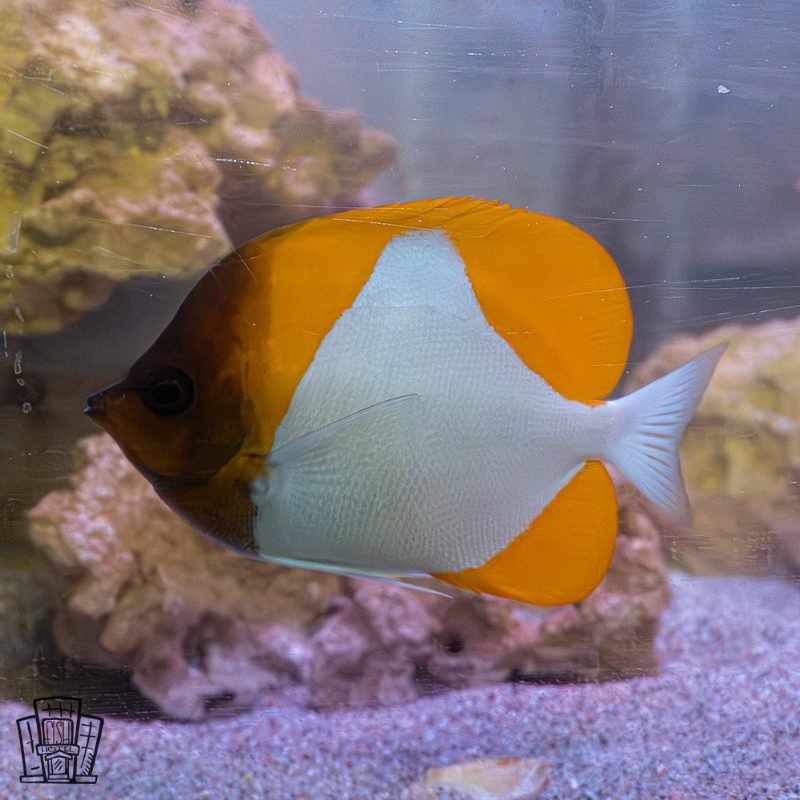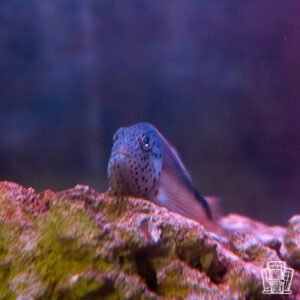Description
Scientific Name: Hemitaurichthys polylepis
Common Names: Pyramid Butterflyfish, Yellow Pyramid Butterflyfish, Yellow Zoster Butterflyfish
Maximum Length: 7 inches (18 cm)
Minimum Aquarium Size: 125 gallons (473 liters)
Foods and Feeding Habits: Omnivorous; primarily feeds on zooplankton in the wild, with some algae and small invertebrates. In aquariums, offer frozen mysis shrimp, brine shrimp, marine pellets, or flake foods with spirulina. Feed 2-3 times daily in small amounts. May require live foods initially to encourage feeding, especially during acclimation.
Reef Safety: Reef-safe with caution; generally does not harm corals but may nip at soft corals like Xenia or certain invertebrates in some cases. Success varies, so monitor closely in mixed reef tanks.
Temperament: Peaceful; Shy initially, it may hide until acclimated. Best with non-aggressive tankmates of similar size. Introduce before more assertive species like tangs to establish territory.
Description: The Pyramid Butterflyfish is a radiant favorite among hobbyists for its vibrant appearance and lively group dynamics. Its bright yellow fins frame a white, pyramid-shaped patch on the body, creating a striking contrast that lights up any aquarium. A spacious 125-gallon tank with plenty of live rock and open swimming areas suits its active nature, while a varied diet of planktonic and algae-based foods keeps its colors bold. Though initially shy, it adapts well with proper care, making it a rewarding choice for hobbyists who value both beauty and social behavior in their reef setups.
Fun Facts
- The Pyramid Butterflyfish’s white triangular patch, resembling a pyramid, gives it its name and a unique look among butterflyfish.
- In the wild, it forms large schools that hover over steep reef slopes, feeding on plankton carried by currents.
- Unlike many butterflyfish, it’s less dependent on corals for food, contributing to its reputation as a more reef-friendly species.





